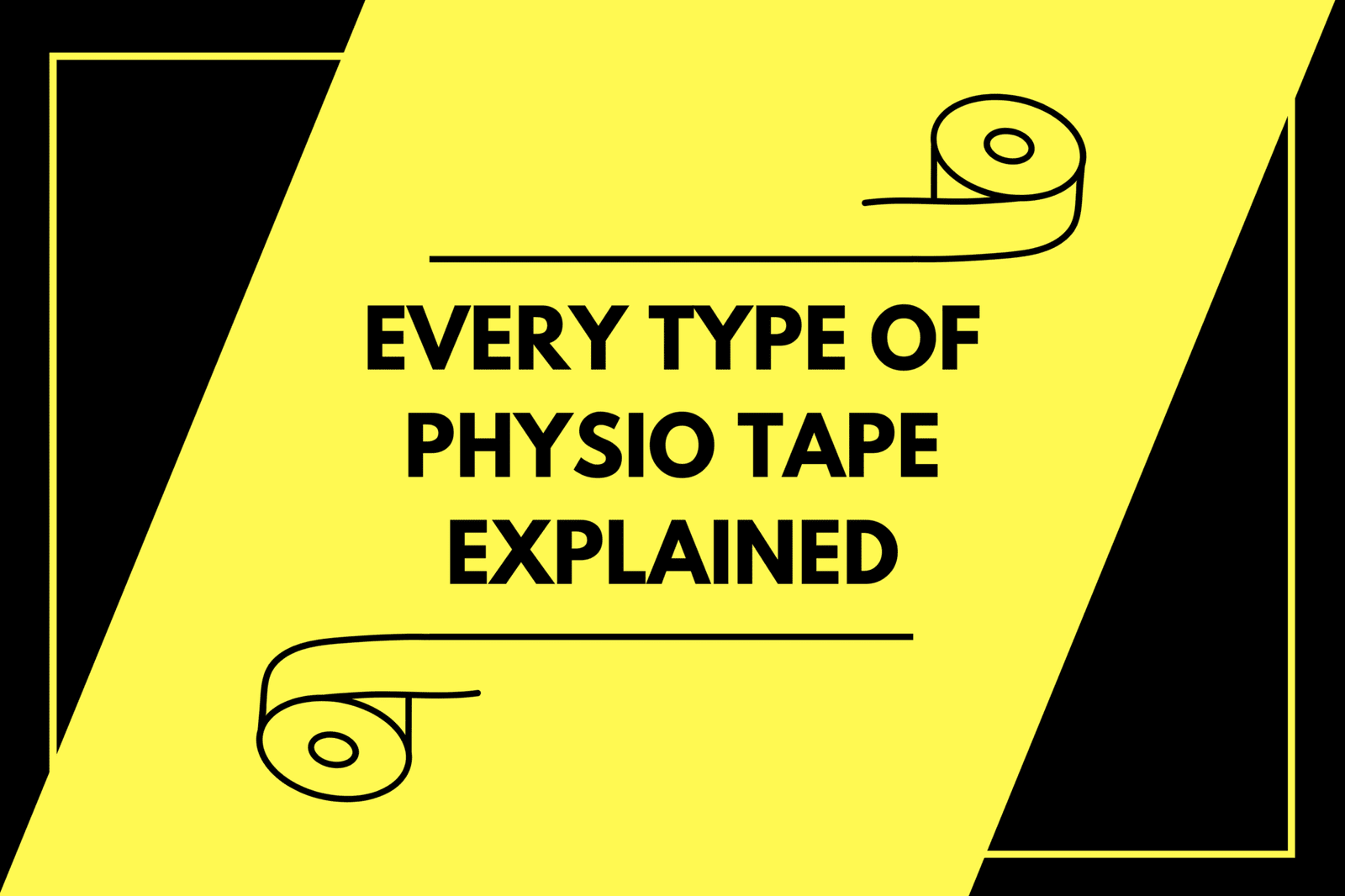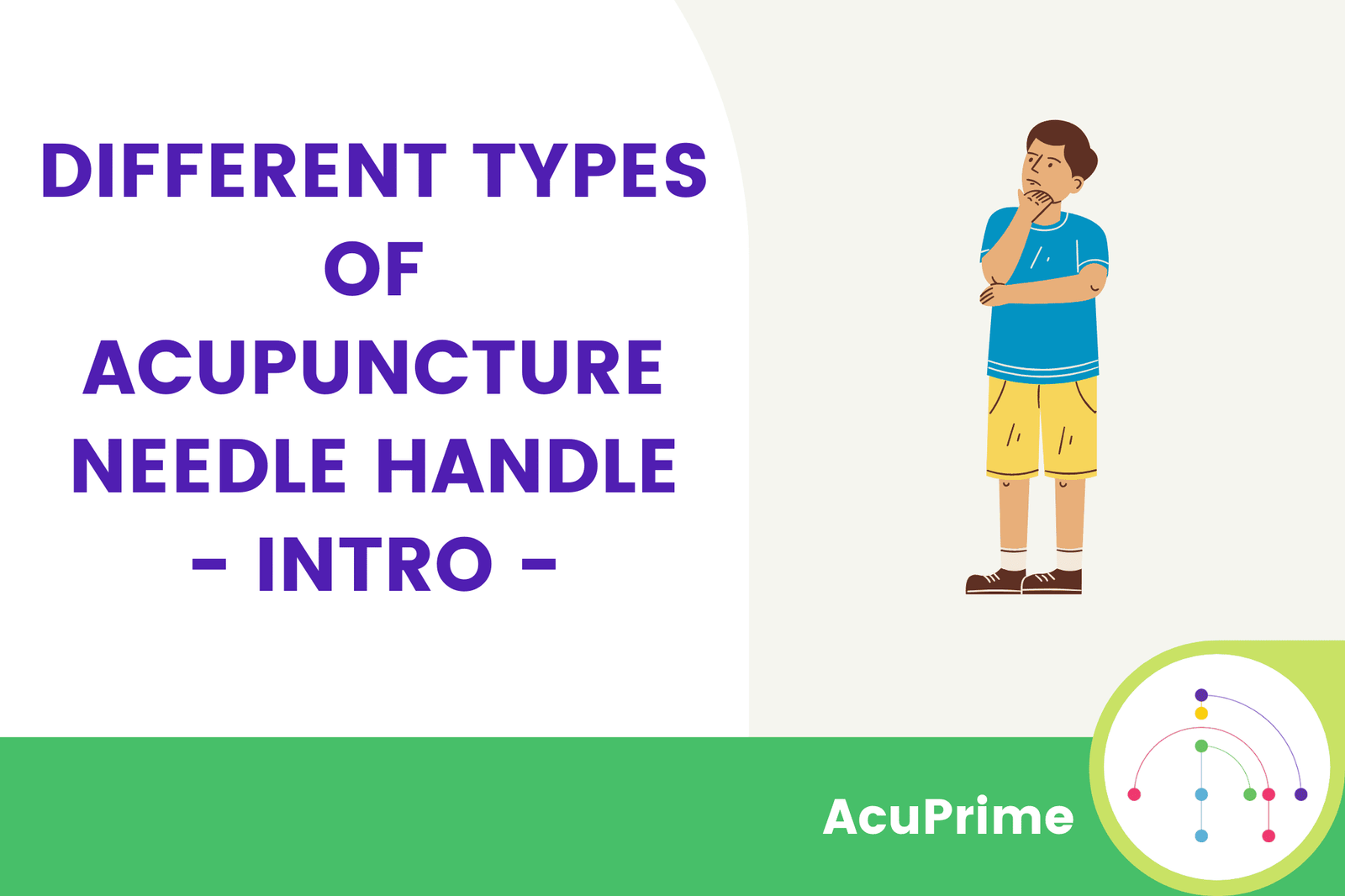If there’s one thing sports therapists have in common, it’s a large collection of tapes and bandages. There’s a tape for every eventuality and some have uses that go beyond their main application.
When it comes to knowing which sports or therapy tape to use, it can quickly get confusing. Not only are many tapes only slightly different but they also come in different materials and qualities. Some properties matter a lot in a tape, others don’t matter at all.
To clear things up a bit, we’ve created this super simple guide to the types of tape you’ll come across in sports and physiotherapy.
Kinesiology Tape
Kinesiology tape is now a common sight amongst everyday runners as well as athletes. Therapists from physios to osteopaths also use it in their patient treatment plans and many clients might come to you asking for advice on it.
Kinesiology tape works by creating tension across the surface of the skin, its elasticity gently pulling up deeper layers of tissues. The aim is to relieve the pressure on inflamed areas and enhance recovery.
Its flexibility allows it to move with the contours of the body without pulling or creating discomfort. Thanks to this, it’s particularly useful for sports.
Elastic Adhesive Bandage
Elastic adhesive bandages are commonly used in rugby, strapped around thighs for grip and their light compression is useful for minor injuries and further along in the recovery. It’s not as supportive as some other tapes and bandages due to its elasticity, but this property enables it to be used for a multitude of purposes.
You can also use it for stabilising joints and muscles, especially those which have been injured before and are regaining strength.
Zinc Oxide Tape
This popular type of tape is a must for any athletes and physios as it has so many applications. Strong and capable of immobilising and supporting joints, tendons and ligaments, zinc oxide tape is a sticky tape that is commonly used to prevent injuries occurring in the first place.
Thanks to its durability and impressive resilience against the elements, it’s great to use as a protective layer, preventing friction injuries. Rock climbers commonly use zinc oxide tape to strap their fingers, helping to prevent finger injuries like pulley damage.
Compression Bandage
When an injury occurs, inflammation begins immediately. Compression bandages are frequently used in the first 24 – 48 hours of an injury and combined with rest and elevation.
Compression bandages can also be adjusted to release or increase pressure depending on requirements. Adaptable and handy for lots of purposes, these are essential bandages to have around the clinic.
PVC Insulation Tape
Is there anything that PVC insulation tape isn’t useful for? While not a tape for the body, it comes in handy all the time in sports.
It’s used extensively in sports like football to secure socks and shin-guards in place as well as to secure boots for horse riding. Tough and durable, insulation tape is useful for securing all sorts of things. It’s waterproof and flame retardant and some insulation tapes can be used to cover exposed wires, y’know, in case you’ve got any hanging around.
KROS Tape
Our Meridius KROS tape works in a similar way to kinesiology tape but allows for more targeted application. This tape can be applied to specific myofascial trigger points to relieve muscle discomfort associated with imbalanced muscles.
It’s breathable, flexible and quick to apply.
Cohesive Bandage
Cohesive bandage only sticks to itself, allowing you to use it to support joints in varying levels of tightness and compression. It’s tearable too, so it’s quick to use yet remains strong and flexible. These types of bandages are also reusable and pull apart, allowing adjustments as necessary.
These bandages are ideal for areas of the skin with hair as there’s no adhering to the skin itself. Those with sensitive skin also benefit from using cohesive tape rather than adhesive tape, as adhesives can cause allergic reactions.
Cohesive bandages have significant stretch in them and grip skin well without sticking.
Keeping the Right Tapes at Hand
The tapes and bandage types you’ll need in your line of work depend on the sector you work in but it’s always worth experimenting with different types. Some can be used for multiple purposes, meaning you can reduce the range you keep and just use a few for most applications.
Remembering to buy high-quality tape is important as low-quality tape will degrade quickly and be too weak for the job it’s doing.
We sell a large variety of tapes and bandages for clinics, sports therapists and physical therapy professionals. Take a look at our range of taping and strapping products to find the tapes you need.








